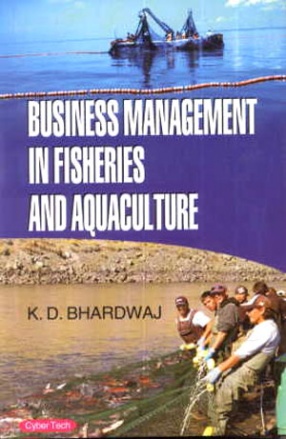

Fisheries management, in common with most other activities that involve a combination of problem solving and improvement that result in physical solutions, requires that well developed planning is a necessary part of the process. Fishery managers are no different from us all in as much as well all plans. We all plan to lesser or greater degrees: we plan what we are going to eat, for example, and where and when we are going to buy the food we have decided to eat. ...
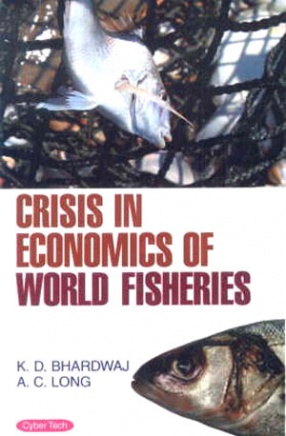
As far as the management of wild fisheries resources is concerned both critics and advocates for the presently dominant policies of the management establishment are claiming that there’re after sustainable extraction of fish and other marine organisms from ecosystem. They all accept the U.N’.s definition of sustainable development that meets the needs of the present without compromising the needs of future generations to be achieved through balance ...
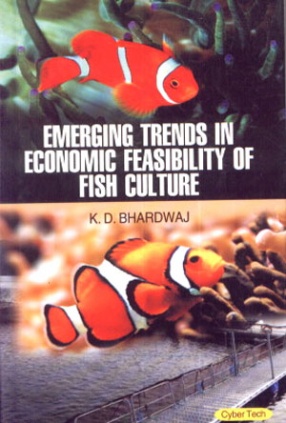
Fish is distributed through a variety of outlets, including retail stores selling meat and other food products, those have this facilities for selling frozen fish. Yet the main outlets are the city markets. The mission has surveyed markets in Lusaka, in Kitwe and in chipata.
The distribution system involves a minimum number of intermediaries. In the case of kapenta from Lake Kariba and Lake Tanganyika quite often there is only one wholesaler between the fishing ...
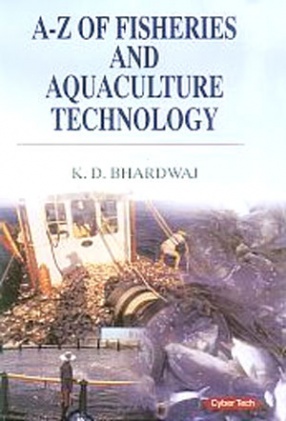
Fisheries is a sunrise sector of our economy. Its role in increasing food supply, generating job opportunities, raising nutritional level and earning foreign exchange has been important. Growing urbanization, globalization, rapidly changing social structure has a major impact on the fisheries structure in the country. Fisheries and aquaculture emerged as the important commercial activity from its traditional role as subsistence supplementary ...
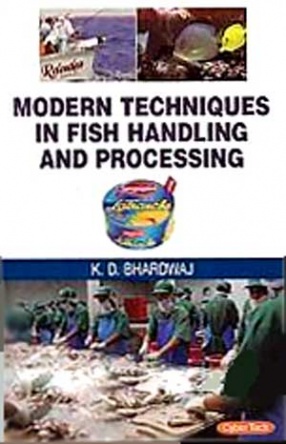
According to the recent F AO Book on by-catch and discards, the weighted discard rate of fisheries is estimated at 8% and the yearly average discards are estimated to be 7.3 million tons that are directly thrown to the seas. They are constituted by non targeted species and by residues due to fish transformation onboard. After landing, this wide variety of marine species of animals is converted into seafood. Of those animals, only a portion Is usually separated ...
